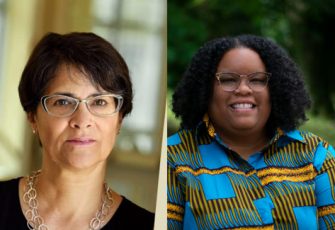 On June 12, the weekly People’s Historians Online mini-class featured a conversation between Martha Jones and Tiffany Mitchell Patterson about Reconstruction and issues of citizenship, suffrage, and movement building in the 19th century.
On June 12, the weekly People’s Historians Online mini-class featured a conversation between Martha Jones and Tiffany Mitchell Patterson about Reconstruction and issues of citizenship, suffrage, and movement building in the 19th century.
The session addressed themes of our campaigns to Teach Reconstruction and to teach about voting rights on this 150th anniversary year of the 15th Amendment and an election year. During the mini-class, Jones discussed Black women’s activism and organizing, especially for voting rights. She described her approach to research, which is to “go where the people were.” For example, most authors leave Black women out of the story of the Seneca Falls Convention since they were not in attendance. Jones decided to find where the Black women were at the time of the Convention, bringing them back into the story. Here are just a few reflections from participants on what they learned. (More reflections at the end of this page.)
The most important thing I learned today were the stories of Frances E. W. Harper, Mary Church Terrell, and Maria W. Stewart.
I loved the take-away I got from Martha Jones’ intimation that in the past we did not “see” Black women activism in suffrage movement because we were looking in the wrong place, speaks to the power of being grounded in the context of people’s history and knowing or learning where to look. Inspiring and democratizing.
Jones asking and answering the question “where are Black women in the suffrage story?” was extremely profound. The question itself was a reminder that binary narratives about suffrage history — Black men vs. white women — leave out Black women and should be forever interrogated. The class will help me expand my delivery of instruction to students, by always asking the question: who is missing from this telling of history.
Black women were leaders in both women’s suffrage and voting rights for Black Americans. They are often forgotten, but they were powerful organizers who helped push both movements forward.
The most penetrating idea was the idea of “meeting women where they are.” Women were largely forgotten in the Reconstruction Era and in the anti-segregation efforts, and the idea of knowing where to look for them makes the difference between losing a portion of history or learning another perspective.
Video
Video of the full event, except the breakout sessions.
Audio
Listen to the recording of the session on these additional platforms, and hear an audiogram from the session below.
Excerpts
Note that this is a rough, largely un-edited transcription.
8:17-9:46, Martha Jones: So his life to me was fascinating because it was this arc of the story or one version of the story of Black citizenship before the Civil War and when I learned about George and through his life was that he was part of a community that really relied upon a creative though frustrating set of practices to try and cobble together citizenship and every time they thought they got too place where they might have won a point might have established the right they were disappointed and rebuffed and maybe that doesn’t surprise us but when you look at that kind of story across decades what I was able to appreciate was what a harrowing condition it is to be a people whose status and standing before the law is ill-defined always subject to change vulnerable to political whims and is taken advantage of strategically and deliberately by people who are looking to exploit or exclude Black Americans from the nation to make good on that promise that the U.S. is a white man’s country.
10:24-11:09, Jones: The story really is about the ways in which law fails. It fails to do its fundamental job which is to look at the cultural and political and legal landscape and to determine clearly who people are where they stand before the Constitution, where they stand in a local courthouse, what their rights are and again and again birthright citizens is the story of how law fails men like Hackett and at the same time how men and women in Hackett’s community take, if you will, the law into their own hands and craft citizenship even when so many other people would deny them those sorts of rights.
12:19-12:27, Tiffany: So, what types of voter suppression um were used in the 19th and 20th century and in comparison, today?
12:27-13:04, Jones: Yeah, it turns out doesn’t it that when we look over the long delay of U.S. history that it is a history of voter suppression that there is a very small window perhaps between passage of the Voting Rights Act and then the gutting of the Voting Rights Act in 2013 where we see the potential right at least we approach the potential of universal voting rights but most of our history is a history of voter suppression.
16:19-16:43, Jones: There really is no moment in our history when voting rights have not been suppressed, contested, hard fought for and this should remind us that it is always an open question who votes and by what terms often times that is a question that leads to the narrowing of opportunities to get to the polls.
16:45-17:56, Jones: I happen to live in Maryland where my state lawmakers are perhaps not wrongly proud of their that we don’t have expressed voter suppression laws on our book. We just went through a primary election where, without any requirement without citizens being required to do anything, we got ballots in the mail and we could vote. But even to my state lawmakers I would say with all of that we still don’t guarantee to every citizen of Maryland the right to vote we don’t put the same sorts of impediments in place that we see right working in other jurisdictions like a place like Georgia or Wisconsin in our sort of most recent past but we still here even do not have a promise a commitment a guarantee he might at every American every citizen every resident we’re not promised the vote even as the bars to voting may be lower in a state like Maryland.
19:56-22:14, Jones: Historians have for a long time lamented — I think that’s the right word — that they couldn’t find black women in the history of suffrage no path breakers like Dr. Rosalyn Terborg-Penn of course came back and went through those materials and recovered the black women who were indeed part of an essential to that which we call the movement for women’s suffrage. But I would want to say that even after that work we were left to wonder where really were whoa where were black women because Dr. Terborg-Penn recovers a few dozen. But where was everyone else and one of the answers out of my work is that black women are in their church communities. I write in particular a black Methodist woman, AME women, AME Zion women who are in their churches going all the way back to 1848 the year of the Seneca Falls convention and when they don’t come to Seneca Falls. What they are doing instead is rising up within their church community challenging the patriarchy there and insisting that church women to have right. They want licenses to preach, they want to be authorized to interpret the Bible, to travel, to occupy the pulpit. Over time, they will want control of missionary money that they have raised, they will want offices in the church like the office of the Deaconess, they will want to exert the highest authority in their denominations, they want to be ordained as ministers and run their own congregations be equals to men. So when we look for black women in this early history, we have to go to where they were and when we go there what we discover is that they are as concerned as any American women with the problem of power the problem of sexism and in their institutions they are waging these kinds of struggles as long as any other community of American women had been.
22:17- 23:08, Jones: A brief second point which is that black women don’t practice suffrage activism in suffrage associations. So once again when we move away from the suffrage associations that are very much at the fore of the telling of this history and we turn to an organization like the National Association of Colored Women, the largest political organization in the United States of African American women in the late 19th and into the 20th century, we discover suffragists everywhere. Black women debating, organizing, preparing one another for the polls, preparing one another for that moment in 1920 when some of them will vote and the reason they will vote is that they have been organizing for that for decades by the time the 19th amendment is ratified.
25:21-26:00, Jones: [on intersectionality] [Maria Stewart] is nearly run out on a rail because she has critiqued both racism and sexism simultaneously has put on the table for her community and for its allies the problem of how to regard black women as fully fledged members of a radical body politic in the 1830s. She bequeathed to us the first American woman of any race to speak politics before a mixed audience as Maria Stewart and she bequeathed to us intersectionality as we come to call it.
32:02-32:23, Tiffany: The power that is within this story of the political organizing that is taking place the social and political clubs the activism that’s taking place really helps to provide a blueprint for us. Like we see what black women are doing and we as educators frame these movements through the lens of black women, we get that fuller story, we get fuller stories.
33:17-36:04, Jones: I’ll make a plea. Please introduce yourselves if you aren’t already acquainted and your students with Francis Allen Watkins Harper. Francis Allen Watkins Harper is the sole African American woman to speak during the very important but very contentious meetings that happened between radical activists in the 1860s anti-slavery activists’ women’s rights activists as they are strategizing how to respond to the possibilities but also the limits of reconstruction.
So Black activists like Wendell Phillips, William Lloyd Garrison, Frederick Douglas, Elizabeth Cady Stanton, Susan Anthony are all coming together under the auspices of the American Equal Rights Association and they are trying to figure out how to define a political agenda that is ambitious that speaks to their long-standing goals and interests speaks to their ideals around universal human equality including political equality and yet they are facing in some of them for the very first time the perverse exigencies and practicalities of politics and this leads to a series of debates that have often been told as a debate between and now I’m doing this I’ll stop I’ve been told there’s a debate between Susan Anthony and Elizabeth Cady Stanton on the one hand and Frederick Douglass on the other and Stanton and Anthony go with the women and Douglass goes with Black men and it’s a big old rift.
This story erases the presence and the ideas of Francis Allen Watkins Harper who is there for those meetings and takes an important position that really runs counter to what is being offered up by some of these better remembered folks. Her often-quoted line from these meetings is, “We are all bound up in one great bundle of humanity.” And what Watkins Harper is saying is ‘have a look at me the Black woman and know that I am the measure of this moment. I am the measure of this political culture, I am the test because if I can be empowered right, if I can be enfranchised, then we have tackled both racism and sexism in this coalition.”
Resources
Participant Reflections
Here are some of the responses by participants from the session evaluation.
What was learned
Responses to the question: What was the most important thing (story, idea) you learned today and what may you do with what you learned?
How Black women use their own histories to define themselves in a holistic way. When we frame movements through women our students get fuller stories. Reconstruction is commonly misunderstood.
Continuing to add to my list of especially Black women to learn about and add into my classroom since they have been so left out of what I’ve learned.
I appreciated the point that voter suppression isn’t new. Instead, voter suppression tactics evolve and methods for voter suppression are usually new.
Using the poetry and other primary sources of Black female activists to draw connections to contemporary issues intersectionality, especially when examining the struggles for voting rights.
The power of Black women organizing in groups in churches.
More about the voting rights and the misguided belief that the 19th amendment gave all women the right to vote.
In the small group — reflecting on the ways we search for information — the conversation was compelling.
The names from this time in history that I had not heard or known about before — thought I have taught U.S. History for the last two years. I will do my research and work their stories into my curriculum.
I learned about the ways Maria Stewart and Mary Church Terrell were pioneers in what we now understand in terms of intersectionality. I also learned that Black women’s capacity to shape-shift across history has altered the course of humanity and that we should remember this in our current moment.
Broaden the story of suffrage. I plan to include Francis Ellen Watkins Harper in my lessons now.
The concept that “white supremacy adapts” was really powerful. And that just because rights are gained or court battles are won, does not mean that the fight is over.
Fantastic stories about brilliant women I knew very little about. I loved the idea of the need to be nimble and not just focus on the ballot box. This resonates on an international level as well.
The concept of citizenship as a tactical framework.
To find women’s stories and experiences, look for women in history where they were (churches, social groups, etc.) rather than where they weren’t.
Some nuggets I’m taking away are 1) Black women were present in the suffrage movement but in different ways and communities, 2) “white supremacy adapts,” 3) some great historical figures to look up.
In my breakout session, our facilitator suggested that one way we can change our curriculum content is to begin with the stories of the most oppressed – so start with Terrell instead of Stanton – and build out from there. I am definitely going to employ that strategy in many aspects of my teaching! Yay!
So much!! Hard to label ONE most important idea, but her final thoughts on how citizenship has been used tactically to try and enter into the American conversation were fascinating, as were the ideas about how Black women organizers have consistently argued for HUMANITY.
Stories of Black women who struggled for civil rights, the connection between past and present, and the importance of “citizenship” as protection. I will definitely bring to my preservice teachers; encourage them to develop curriculum on this history.
Can I write — EVERYTHING? I learned a lot today and have more research to do. The role of African American women who were simply fighting for the rights any American should be expected to have, and fought sexism and racism at the same time.
Our history is the history of voter suppression — which means it’s also the history of fighting back against voter suppression. This makes me re-think what it means to live in a “free” country and what our values are when we try to define our freedom.
The story of George Hackett and the arc of crafting citizenship from 1807 to 1870 — I want to use it as a way for students to think about crafting participatory citizenship as we move forward from this moment of resistance.
The work of Black Women’s clubs in fighting against patriarchy within their own communities and in their churches. Also, the idea that the concept of citizenship itself is and has been always contested — which came out strongly in the story of George Hackett who had to take the law into his own hands to struggle and fight to craft citizenship for himself.
New names of amazing Americans are always valuable because any time I can connect a person and their life and story to a concept students connect better — so I am very excited to research more about Maria Stewart, Mary Church Terrell, Phyllis Wheatley, and Francis Ellen Watkins Harper as well as the National Association of Colored Women.
“To fight power, we have to be nimble.” I will keep encouraging my students to look for ALL the ways that engagement must happen to bring about change and help them find their place.
Historians of the suffrage movement have foregrounded only certain groups of women overlooking and insufficiently documenting other women who were active in the fight for the ballot and many forms of justice. Black women were not fighting for themselves alone, but for everyone (i.e. humanity). Thank goodness all is not lost, there is a wealth of stories to recover and share with the world about Black women’s essential contributions.
We have fought voter suppression for centuries. The strength for this fight lives inside of me. Lean onto our ancestor’s resilience, strategy, and love.
To tell richer stories, we have to look for people where they are. Although it is good to know the laws and court decisions, it’s important to pay attention to how they really affected the lived experiences of ordinary people.
“Where are the Black women in this story?” Where do we look for history?
There are essential African American women who worked and fought for political voice and power for suffrage and equality. I am grateful to learn about Maria Stewart and Frances Ellen Watkins Harper, and naturally need to deepen my understanding of their work. Their stories need to be recognized and highlighted in my teaching of pre-service teachers. The point that white supremacy adapts and creates new tactics, though known, certainly resonated with me. I am wondering how I might weave that as part of an inquiry in my upcoming fall class.
The incredible role of Black church communities and individuals within them again strikes me as a powerful example of people’s history that I must convey to my students.
The format
I love the format — the breakout sessions are really helpful with helping to process the information!
I think the format works really well. I appreciate the pre-workshop reading suggestions and the online format.
Loved the breakout rooms. Though you could have gone on longer, I honestly thought it was a good amount of time that people can put in their daily schedules
As always, wanting more: more from the historian, more time in the breakout room, more from participants. Thank you to all who made this series possible.
I wish there was more time for breakout rooms, but other than that it was awesome
It went by so fast! I loved the stories and being able to be a student again. Just soaked it all up 🙂
Format worked well; our group didn’t have a facilitator, but because of the instructions given in advance, I knew it was okay for me to do that since I had some facilitation experience in other settings. Ran really smoothly.
I like the back & forth Q&A between presenter and facilitator.
I did the pre-reading of the article, so I am glad to have that as a basis for going into the remarks by Dr. Jones. I enjoyed and learned from my breakout room and our facilitator was mindful of time and made it easy for everyone to participate.
I have totally enjoyed the three sessions this season. The first two I could sit and participate with focus. Today’s session required juggling some other commitments and unexpected interruptions. That said, I could still stay sufficiently engaged. Knowing I could access the video and resource materials by next week was great. You all have done a great job selecting speakers and hosts with great questions and heart dedicated to this work and vision for justice in the world.
Additional comments
Thank you, this is consistently an inspiring and very useful 75 minutes.
Thank you as always! ABSOLUTELY THE BEST SILVER LINING OF THE PANDEMIC!!!!!!!!
Thank you for continuing these sessions! I’ve had classes scheduled during many offerings this spring and am so excited to be able to fully participate now that my school year has ended. With all of my planned in-person workshops this summer canceled, I am so excited to continue to have opportunities to connect with other educators and discuss these critical history topics.
This was my first time joining and I’m looking forward to the rest of the series!!
This refuels my teacher spirit after a grueling three months of distance learning.
Thanks for all the work to pull this off. Much appreciated in terms of content and feeling connected to community in the struggle.
Deeply appreciate the work the organizers are doing. The person who hosted the meeting was wonderful, lots of great questions & Jones was very responsive.
I had a great group that really drove the conversation. When it came to teaching in the classroom, all the educators in my group were really determined to work against the “sanitized curriculum” (a phrase brought up in the group) that leaves out voices that should be at the center of conversations for the sake of whiteness.
Presenters
Martha Jones is the Society of Black Alumni Presidential Professor and Professor of History at The Johns Hopkins University. She is a legal and cultural historian whose work examines how Black Americans have shaped the story of American democracy. Her books include Vanguard: How Black Women Broke Barriers, Won the Vote, and Insisted on Equality for All (September, 2020) and Birthright Citizens: A History of Race and Rights in Antebellum America, which examines how Black Americans constructed their legal rights in a world predominated by the view that they were non-citizens without rights. (See Democracy Now! interview with Jones.)
Tiffany Mitchell Patterson is an assistant professor of secondary social studies at West Virginia University. She taught middle school social studies in Washington, D.C. and Arlington, Virginia and is a Teaching for Change board member. Her articles include, What everyone should know about Reconstruction 150 years after 15th amendment’s ratification.

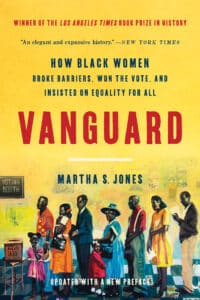
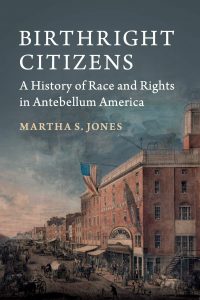
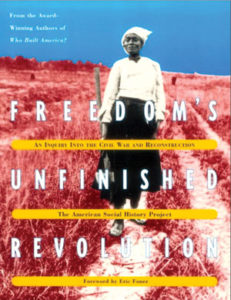
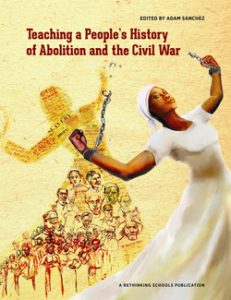
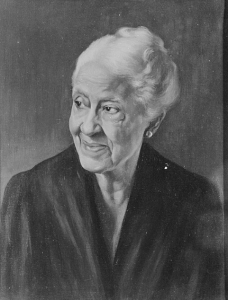
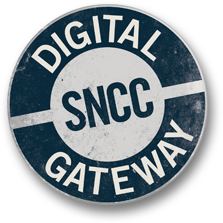
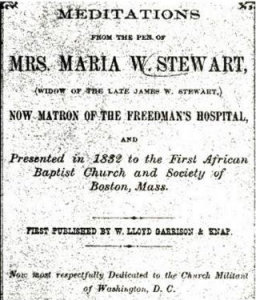
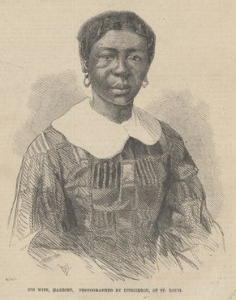
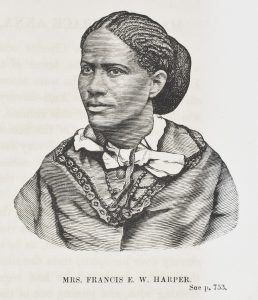
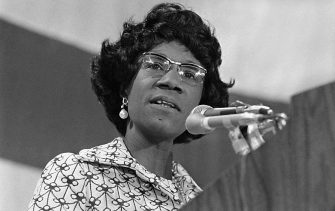
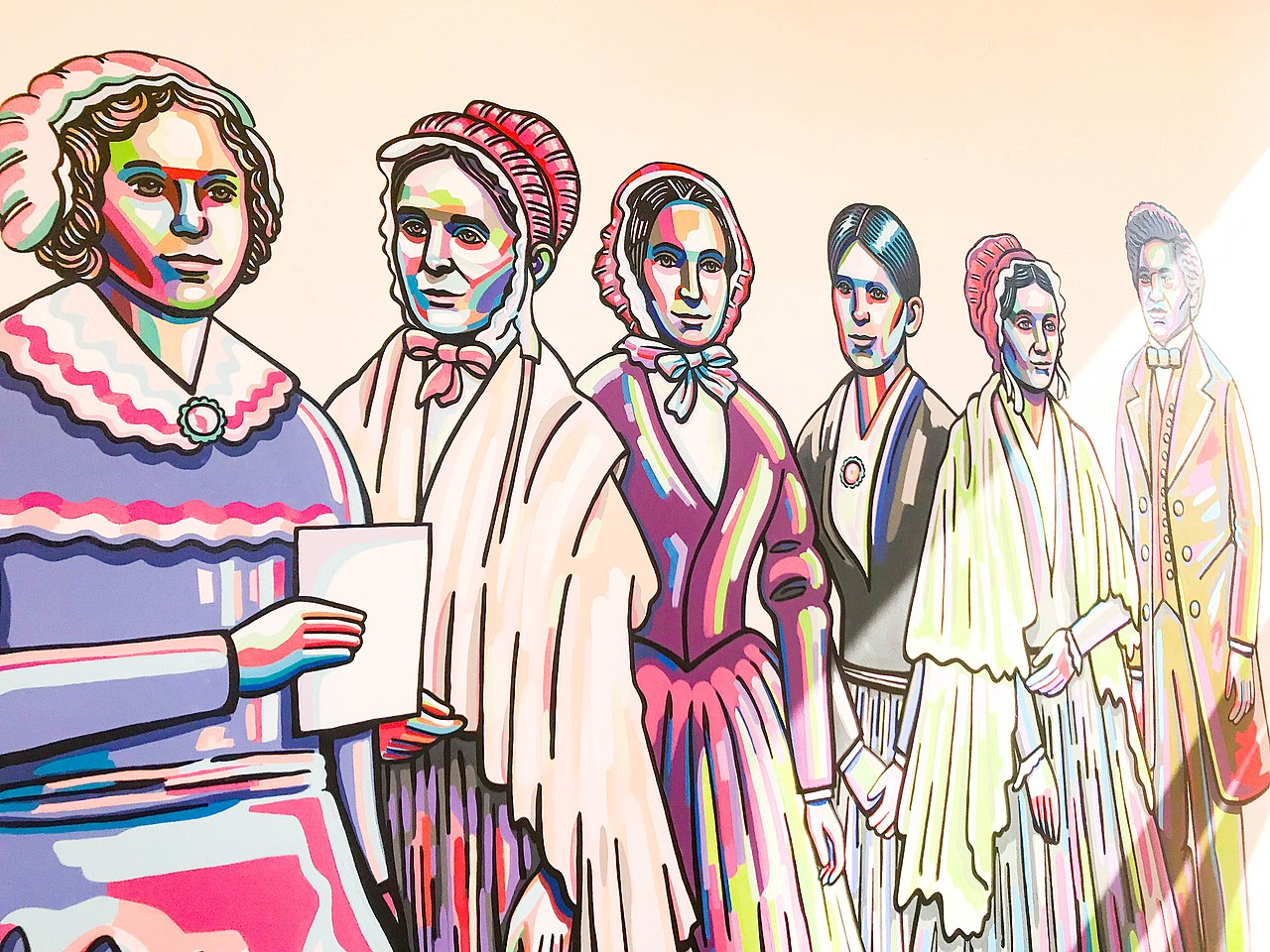
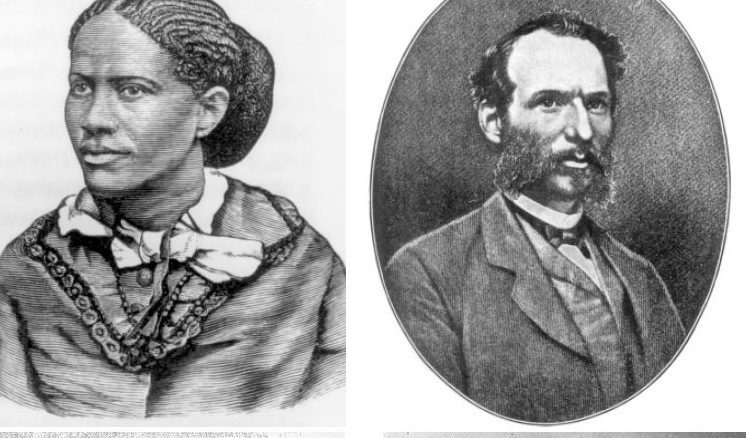
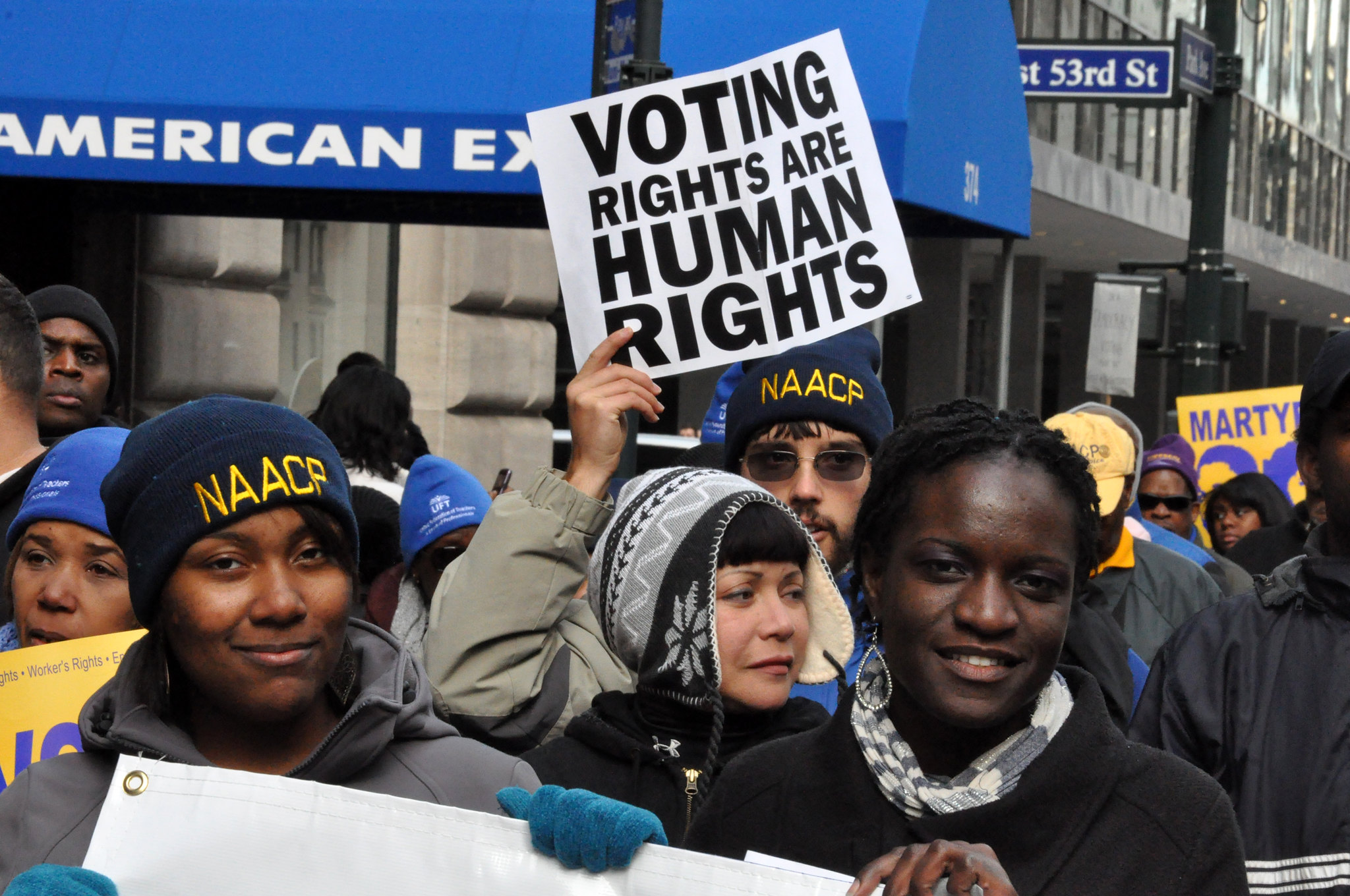
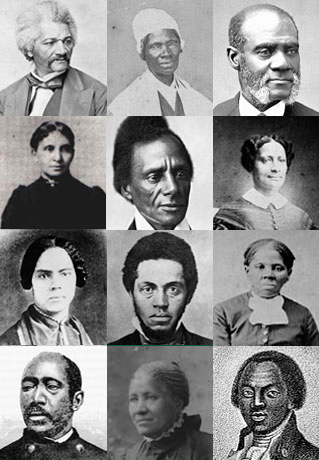
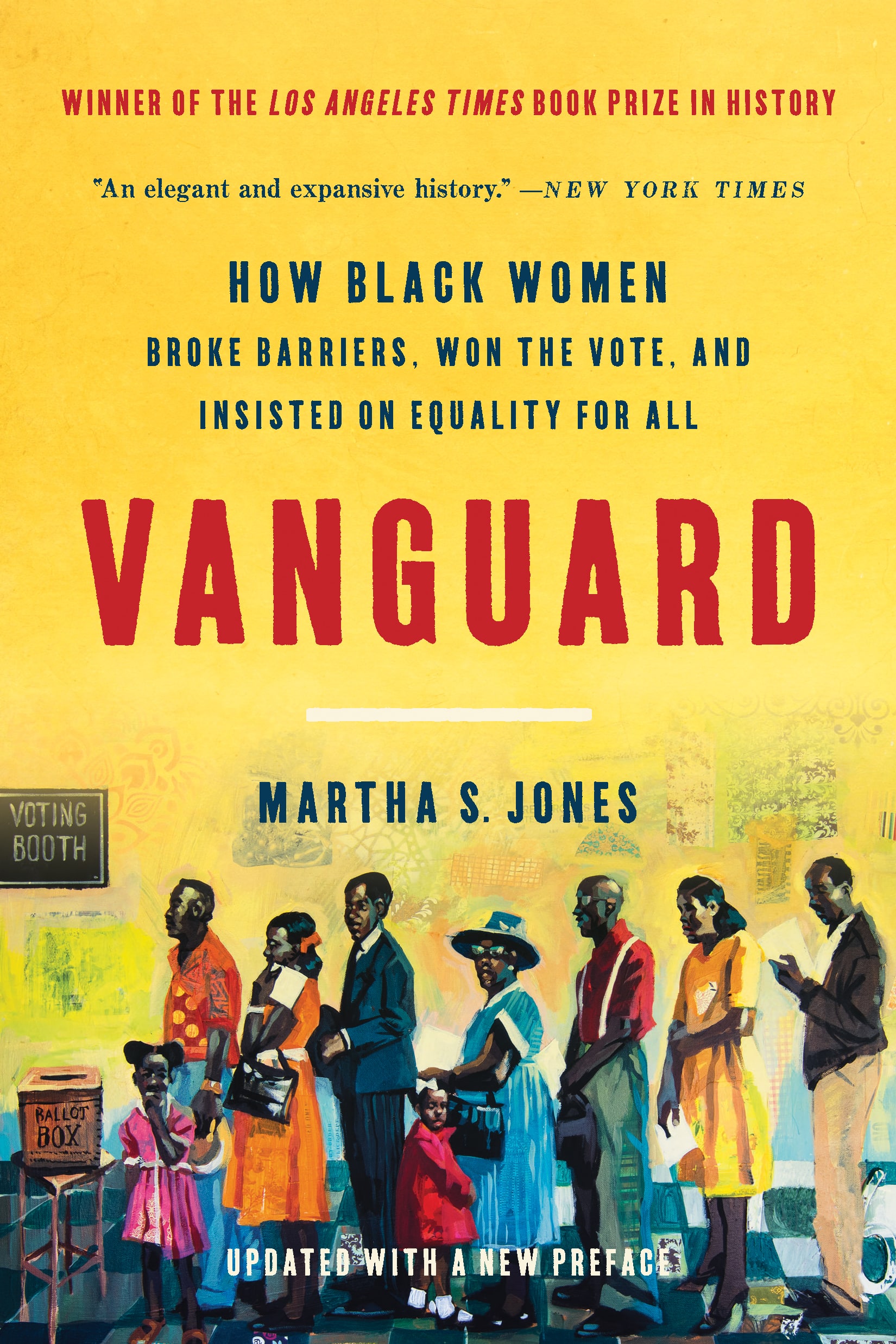
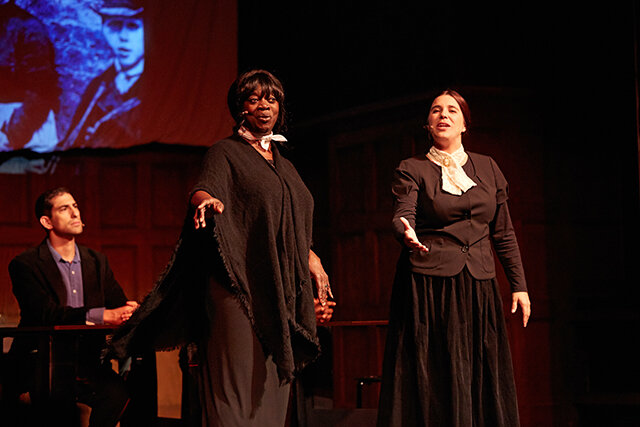





Twitter
Google plus
LinkedIn